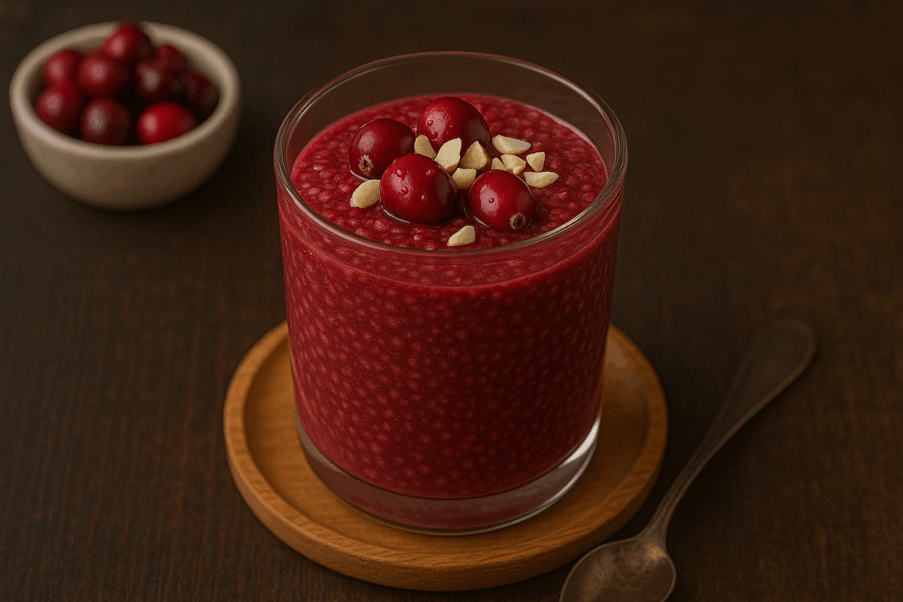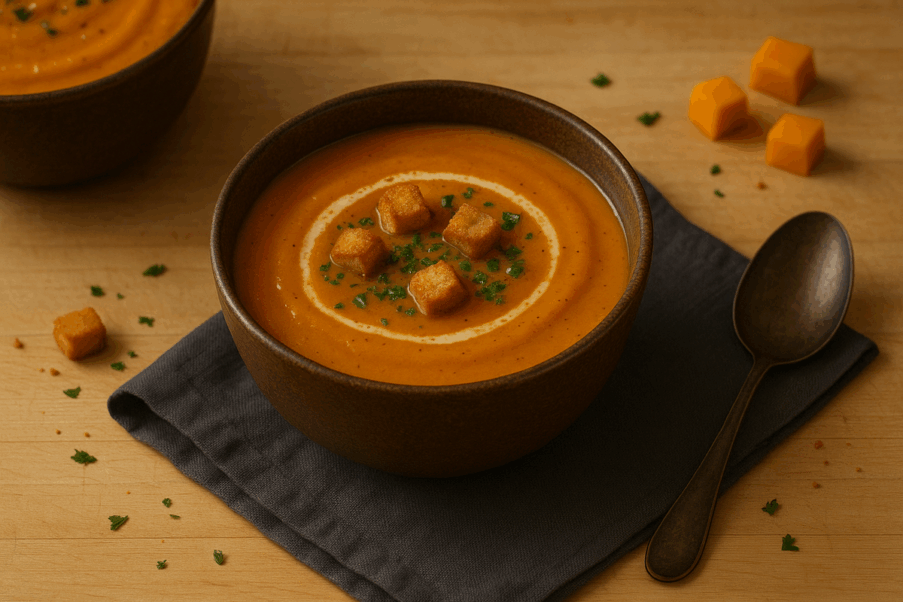Ask the RD: What Are Ancient Grains?
Answers to questions about the nutritional value of ancient grains.

Question
What are ancient grains, and why are they “ancient”? Are they more nutritious than regular grains?
Answer
Ancient grains have not been hybridized or modified in hundreds of years. Farro, spelt, emmer, einkorn and khorasan, for example, are varieties of wheat that have remained unchanged from ancient times.
One reason ancient grains are thought to be more nutritious is that we usually eat them as whole grains. Whole grains are more nutritious because they include the bran, germ and endosperm of the grain, while refined grains have the bran and germ removed. Bran is rich in fiber and phytochemicals, and the germ contains healthy fats as well as vitamins and minerals. Think brown rice (whole grain) versus white rice (refined grain). Eating whole grains rather than refined grains reduces the risk of type 2 diabetes, cardiovascular disease and colon cancer (Bordoni et al. 2017).
Compared with modern wheat, ancient wheat varieties
have been shown in some small studies to reduce symptoms of irritable bowel syndrome (Sofi et al. 2014) and nonceliac gluten sensitivity (Bordoni 2017) and to lower the risk of cardiovascular disease (Sereni et al. 2017). Possible explanations for these differences include higher levels of some vitamins, minerals, polyphenols and other anti­oxidant phytochemicals and/or changes in gut bacteria.
Ancient grains add variety to the diet, so why not replace refined grains with them?
Here are a few to try:
-
- Khorasan wheat (or KAMUT®) is a large wheat relative that originated in the Middle East. It is probably the best-studied ancient grain.
-
- Freekeh is wheat harvested while still green, then roasted and cracked. It makes a terrific salad or grain bowl when mixed with cooked or raw vegetables, vinaigrette, and a sprinkle of feta.
-
- Millet looks a bit like quinoa but has a milder flavor and bright yellow color. Try cooked millet as your breakfast cereal instead of oat­meal, with a drizzle of honey.
- Tef is a tiny, very nutritious gluten-free grain that is widely used in Ethiopia to make injera, a spongy, sourdough pancake-type of bread. You can cook tef like rice to eat with vegetables, meats or fish.
References
Bordoni, A., et al. 2017. Ancient wheat and health: A legend or the reality? A review on KAMUT khorasan wheat. International Journal of Food Sciences and Nutrition, 68 (3), 278–86.
Sereni, A., et al. 2017. Cardiovascular benefits from ancient grain bread consumption: Findings from a double-blinded randomized crossover intervention trial. International Journal of Food Sciences and Nutrition, 68 (1), 97–103.
Sofi, F., et al. 2014. Effect of Triticum turgidum subsp. turanicum wheat on irritable bowel syndrome: A double-blinded randomised dietary intervention trial. British Journal of Nutrition, (111), 1992–99.
Sanna Delmonico, MS, RDS, CHES
"Sanna Delmonico, MS, RDN, CHE, is an associate professor at the Culinary Institute of America where she teaches food safety and nutrition. She previously led programming for the CIA Healthy Kids Collaborative and the CIA-Harvard Healthy Kitchens, Healthy Lives Continuing Medical Education Conference. Prior to joining the CIA, she was an instructor at Santa Rosa Junior College where she co-coordinated the dietetic technician program. Sanna develops delicious, seasonal recipes and writes about food and nutrition for publications, including IDEA Fitness Journal. She lives in Napa, California, and is a home winemaker."





